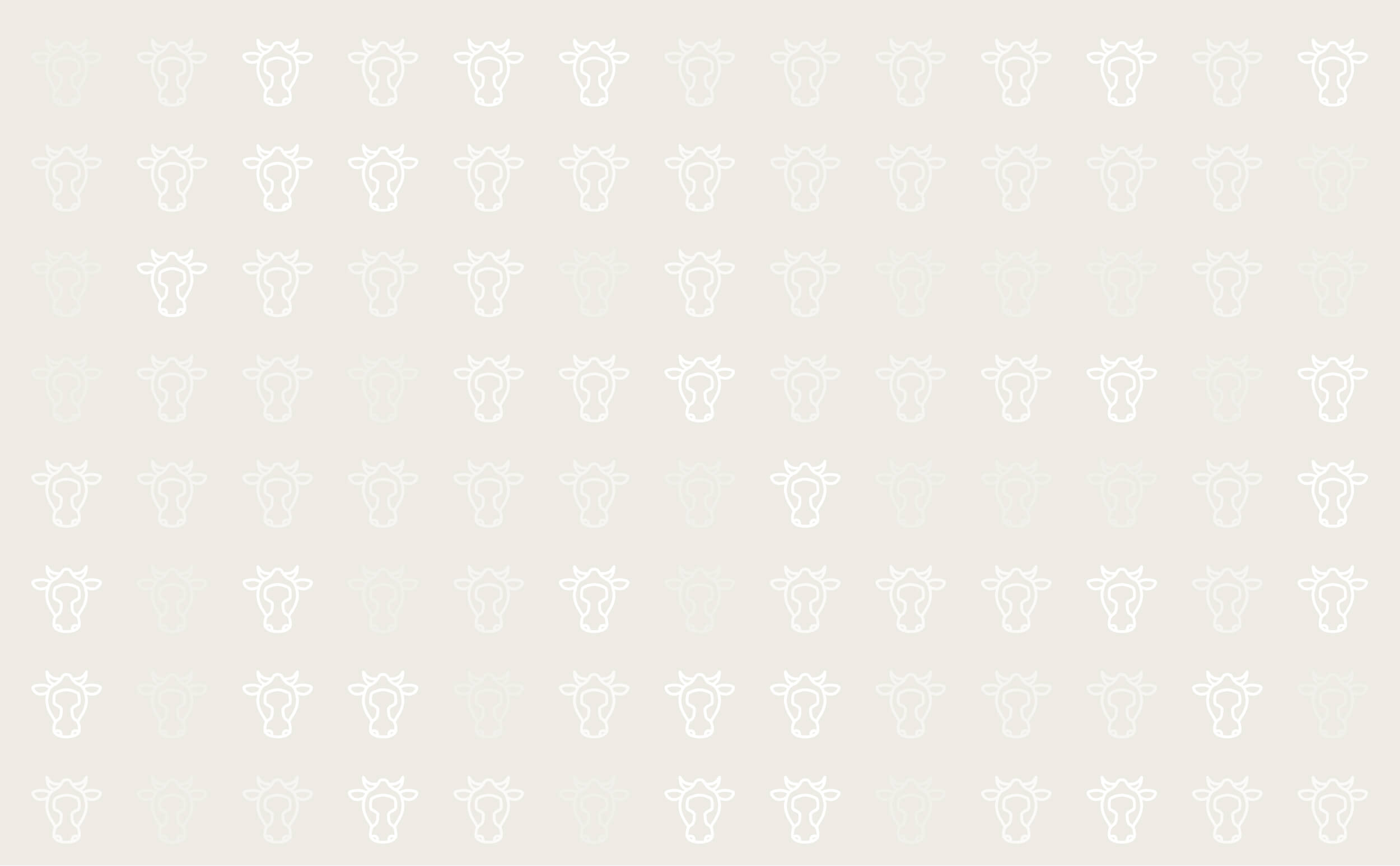



Joint ill (Navel ill)
Cause
Navel or joint ill is a disease of young calves, usually less than one week of age. It occurs as a result of infection entering via the umbilical cord at, or soon after, birth. This infection can result in a range of signs depending on where the bacteria spread to.
Symptoms
Navel ill
If infection stays mostly confined to the navel, the primary sign is a swollen, painful navel that does not dry up.B
An abscess may develop from which pus (often like a thick custard) may burst,
The calf may have a high temperature and reduced appetite.
Joint ill
If infection spreads from the navel, or navel ill is not treated, further signs will develop as bacteria spread via the bloodstream and settle in other parts of the body.
The commonest sites for bacteria to settle are the joints. This leads to swollen stiff painful (often hot) joints.
Temperature will be raised while the bacteria spread but by the time the disease is noted it may be normal.
Loss of appetite and depression is often seen.
Usually only a few calves in a batch are infected though outbreaks can occur where hygiene is very poor.
Other sites where bacteria can settle include the eyes, around the heart and the brain. Death is common in the latter cases. In some calves infection spreads from the navel to the liver causing a liver abscess. In this case problems may not be noted until the calves are older.
Treatment
Early treatment is necessary to prevent the infection spreading. Infected animals should be separated and treated with antibiotics and pain killers.
Antibiotic treatment should continue until after the signs have disappeared (which can take over a week even in mild cases), although severe cases may not recover even with prolonged antibiotic treatment.
For large navel abscesses, veterinary intervention to drain and remove the infected tissue is often necessary.
Prevention
Ensuring that the cow calves in a clean environment will significantly reduce the risk of joint ill (and many other diseases such as toxic mastitis and metritis). Proper planning and preparation can prevent the build-up of disease that occurs in too many calving areas.
Applying a disinfectant (such as iodine) to the navel can reduce the risk of bacteria entering via the navel, but it is no substitute for good hygiene. No amount of disinfectant can overcome being born in a dirty wet yard. Because of the anatomy, bulls navels tend to dry slower than heifers and they are thus at more risk of navel ill. Applying disinfectant two or three times to bulls can reduce the risk.
It is also important to ensure that if cattle are born in a nice clean environment that they aren't moved to other pens or contaminated pastures until the navel has dried completely.
Finally, like all diseases of young calves getting sufficient colostrum is essential.

